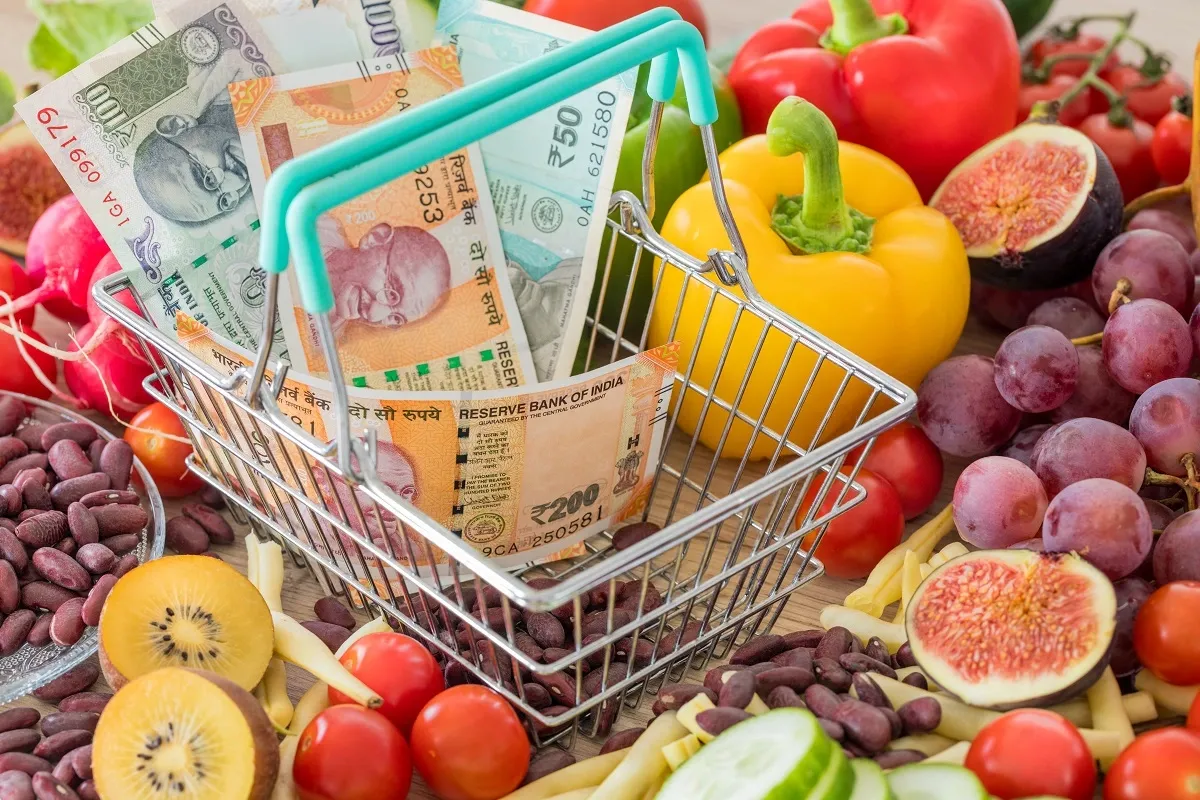Business News
Green shoots on consumption growth, food inflation expected to come down: FICCI President

4 min read | Updated on December 12, 2024, 17:36 IST
SUMMARY
Food inflation in India has been high in recent months, driven by rising prices of vegetables, fruits, oils, and fats. It has slowed down consumption in urban areas, impacting purchases from the middle class.

Inflation in the food basket reduced to 9.04% in November compared to 10.87% in October
"Green shoots" are visible on the consumption front as food inflation has started receding, newly appointed FICCI President Harsha V Agarwal said.
Food inflation is expected to come down to its normal level in the next two quarters, Agarwal said, adding that he is hopeful for a revival in consumption growth, aided by a good crop and increased spending by the government on the big-ticket infra projects and rural schemes in the December quarter.
Government spending in the right areas, like increase in capex and ramping up infrastructure, rather than focusing on revenue expenditure, is helping the overall economy, he said.
"We are seeing some green shoots where we believe food inflation is coming down... it has to come back to normal. It might take maybe one quarter or so. But we are seeing situations where it is improving, and hence we are hopeful that consumption should increase," Agarwal told PTI.
Government spending in the September quarter was low due to the general elections in the June quarter. However, it increased in the third quarter and is expected to continue in the fourth quarter as well, he said.
"Going forward, we see that increasing in Q3 and substantially in Q4. So cumulatively, with all these things, we are hopeful that the consumption should improve going from here," he added.
The government is focused a lot on the rural economy, which has done well in the second quarter.
"What we hear is that the kharif production is also going to be good this year. So from that perspective, overall, we are quite optimistic from the rural front. And from that is where you know the consumption also is coming and it should increase," said Agarwal.
Food inflation in India has been high in recent months, driven by rising prices of vegetables, fruits, oils, and fats. It has slowed down consumption in urban areas, impacting purchases from the middle class.
"The government has been doing those kinds of tax reforms as and where needed" to boost consumption, Agarwal said. However, he added, "maybe the salary has not gone up to the extent, that is why they are feeling the pinch."
With the cooling of inflation and an increase in private investments, demand for skilled jobs will increase, and overall things will become better, he said.
According to the latest Consumer Price Index (CPI) data released by the National Statistics Office (NSO) on Thursday, inflation in the food basket reduced to 9.04% in November compared to 10.87% in October.
Last week, while unveiling the bi-monthly monetary policy last week, former Reserve Bank of India Governor Shaktikanta Das said lingering food price pressures are likely to keep headline inflation elevated in the December quarter.
Goenka, who is also Vice-Chairman & Managing Director of FMCG major Emami, said two segments -- rural and premium products -- are doing "much better".
"The challenge is more in the area of the lower middle class, and middle-class consumers, where the real hit is. And since the discretionary spend as a percentage is anyway, lower, any hit on inflation has a direct impact," Agarwal said.
However, he was "very hopeful, once the inflation is under control, it should improve and things will be much better".
Over the cement sector, which faced a decline in price in the last two quarters YoY, Agarwal said, "Their prices might be declining, but still, all the cement companies are making a good profit."
He further added it "may be because in the industry now, consolidation is happening. Some of the larger players are fighting for market share, etc."
Agarwal said government programs, such as the Production Linked Incentive (PLI) scheme, have made a big difference in some key strategic sectors such as electronics, manufacturing of mobile phones, active pharmaceutical ingredients, etc.
"Going forward, what is important is that India should not become like an assembly line, like in electronics. How do we become self-resilient, even in terms of the components required for making electronics? So that may be another key focus area where the government can extend its PLI," he added.
About The Author
Next Story

